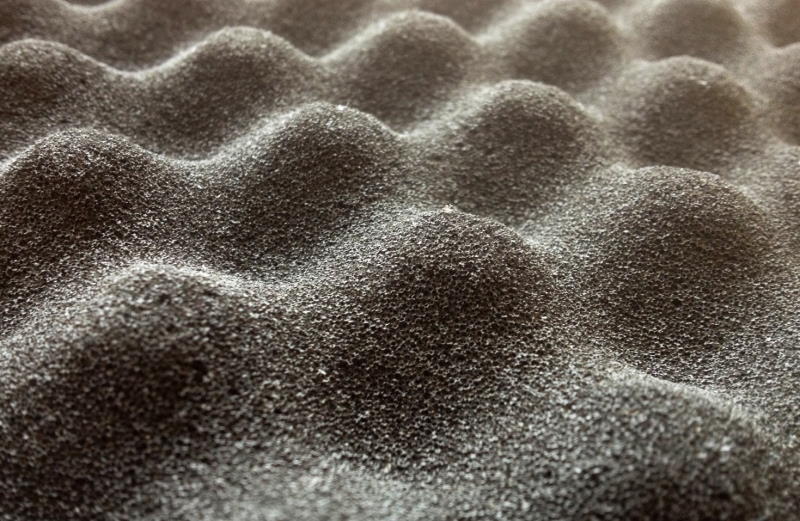If you are building a home studio, and want to improve the acoustic performance, of the space, then you may find yourself looking for soundproof foam for studios.

Unfortunately, foam is not an effective solution for soundproofing home studios, because it is not dense enough to actually block sound.
Sound Insulation performance is always a property related to the weight or density of the material. Heavy, solid constructions such as 6 feet of concrete work very well, but take up lots of space and are rarely practical to install.
While acoustic foam, or acoustic egg boxes are not actually soundproofing, they are a useful addition to your studio, but they should be considered as part of the wider work to improve acoustic performance.
The most effective alternative which actually works to provide soundproofing walls and ceilings is Maxiboard. This offers dramatic performance without the loss of space that traditional materials would incur. Maxiboard is very heavy, it’s also very rigid too and our customers use it to create high performance soundproof walls and soundproof ceilings that still maximise the space in the rooms it is used in.
Maxiboard is frequently used in many home studios where performance and space is always at a premium. Ultimately, Maxiboard can be used to create a soundproof box that will contain noise from the walls, ceilings and floors so that musicians can practice and record without causing disruption to their neighbours. Maxiboard is a very good way to avoid being a noisy neighbour.
How is Acoustic Foam Used in Home Studios?
Acoustic foams are frequently used in home studios, but not for soundproofing. Acoustic foams are used to control reverberation or echo to make the studio sound more pleasant. It is very easy to use digital signal processing software to add reverberation, but it can’t be removed easily so it is recommended to make recordings in as anechoic a space as possible. Acoustic foams tend to have a very functional appearance, usually black or dark grey, if they resemble egg boxes then this is usually to give a greater surface area. More aesthetically pleasing are the Sonata Studio absorbers which combine high performance acoustic foam with a hard wearing and colourful fabric finishes that give a much more professional atmosphere to work in. Sonata Studio absorbers have been used to great success in a range of different projects, you might find our case study of a school near us in Bolton interesting if you’re considering the acoustics of a studio yourself.
For most home studios, usually created in a spare bedroom, garage or shed, we recommend you aim to add an area of absorptive panels that is equal to between a half to two thirds of the area of the ceiling as a rough rule of thumb. This will give an appreciable improvement without being too costly.
For larger spaces, such as reverberant school halls, we recommend allowing us to help you by letting us calculate the optimum amount of acoustic absorption required by using our three step estimator.
For free advice on any situation where acoustic products are required please contact our friendly, qualified technical team on 01024 380074 or by emailing us at info@soundreduction.co.uk







